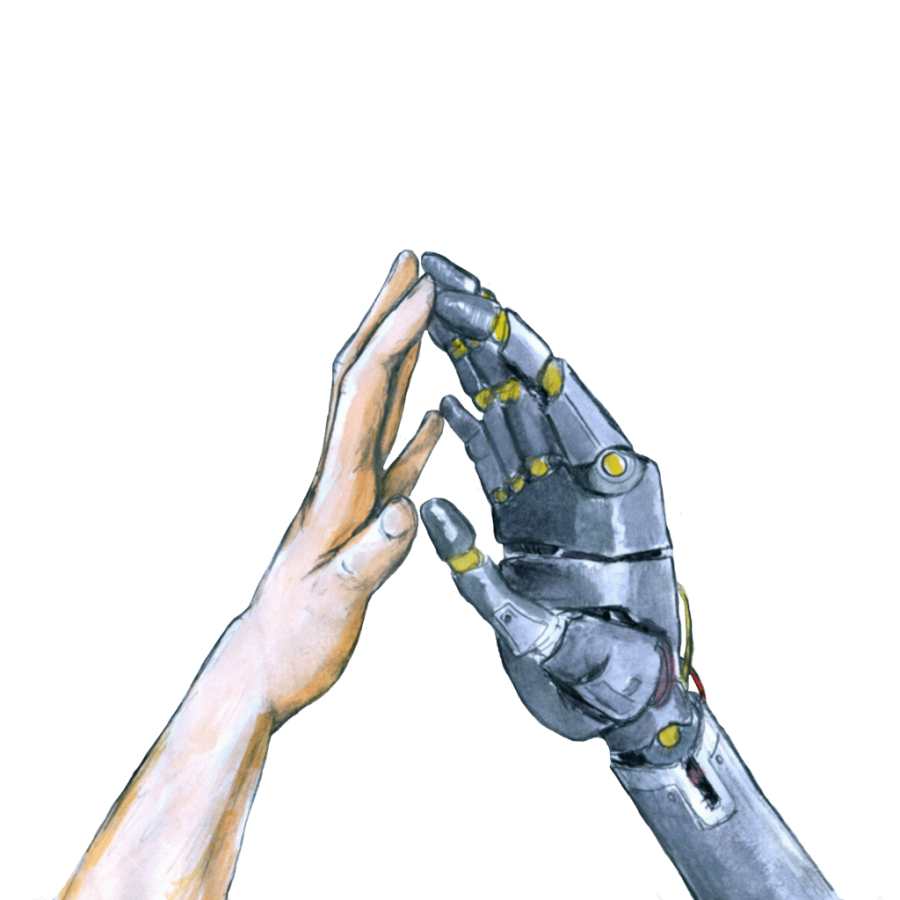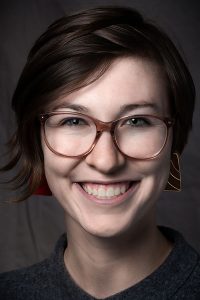Disclaimer: The author of this story works for the University of Utah Science and Engineering Fair.
Science fair projects rarely go viral, and most people struggle to get through titles like “Nature-Based Solid Polymer Electrolytes for Improved Safety, Sustainability and Efficiency in High-Performance Rechargeable Batteries.”
Back in 2014, a photo of a science fair board reading, “How Much Turmoil Does the Science Fair Project Cause Families?” which concluded with “everyone hates the science fair,” was shared thousands of times. The project was fake, the poster was made by a frustrated parent. It seems obvious the science fair is not winning any popularity contests.
Except, it did.
At the 2018 Sundance Film Festival, “Science Fair,” a documentary following nine high school competitors in the Intel International Science and Engineering Fair (Intel ISEF), won the inaugural Festival Favorite Award. This unassuming film focusing on teenagers did what heavier Sundance Films could not, by engaging and energizing its audience. The projects of these so-called nerds went beyond the typical potato clocks to instead focus on impactful research, like identifying drugs that could be used to fight the Zika Virus or advancing artificial intelligence by exploring how computers reach specific conclusions. Again and again, the film returned to the idea that participation in science fairs empowers students and validates their positions as up-and-coming researchers and engineers.
Not every student who completes a science fair project will have the opportunity to compete at ISEF. Thousands of high school students worldwide compete each year in local and school-sponsored science fairs to qualify for one of the 1,000 project slots at Intel ISEF, and good projects are turned away. However, participation in local and regional science fairs can also be an incredibly powerful experience for students.
Annually, Rice-Eccles Stadium hosts hundreds of students, grades 5-12, during the University of Utah Science and Engineering Fair (USEF). USEF has produced several ISEF winners, including Kathy Liu, one of the three top winners at ISEF 2015. Equally impressive, 92 percent of USEF competitors correlate with an increased interest in science and engineering with their participation in the fair. Perhaps this success is due to the fair’s unofficial motto to reward the best and encourage the rest.
On May 10, 2015, I decided I could be an engineer. I was pushed to my feet as my ears rang with the announcer’s words, “Third place in engineering, Morgan Barron, representing the United States.” It did not matter the international fair I was attending was smaller and less prestigious than ISEF. The excitement my judges and peers expressed for my project legitimized my own enthusiasm. Now, as a mechanical engineering student at the University of Utah who works for USEF, I know this program is key to helping transform young students into future engineers and scientists.
This year’s USEF will run March 20-23.
@TheChrony



